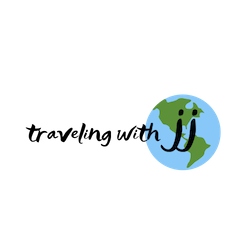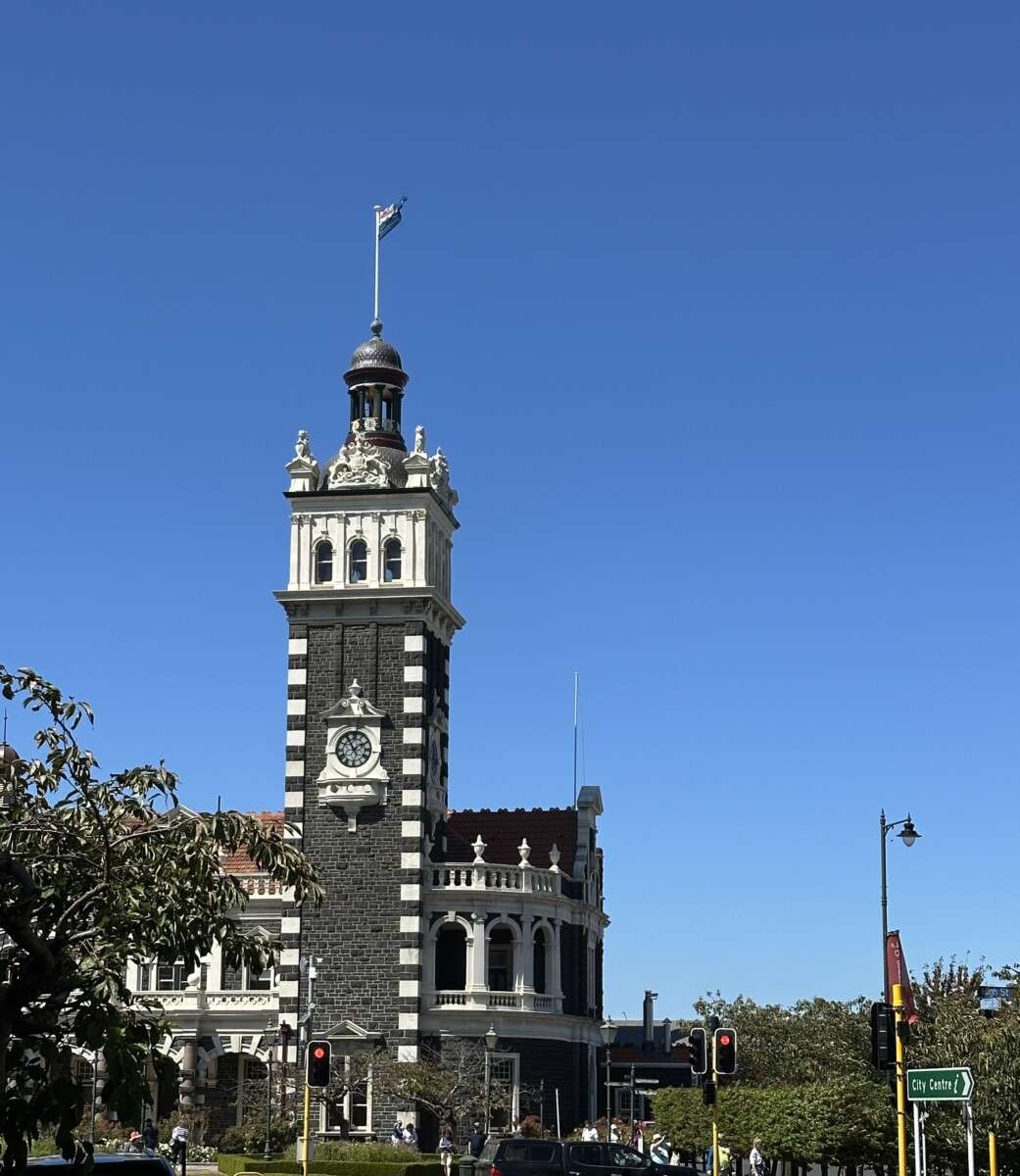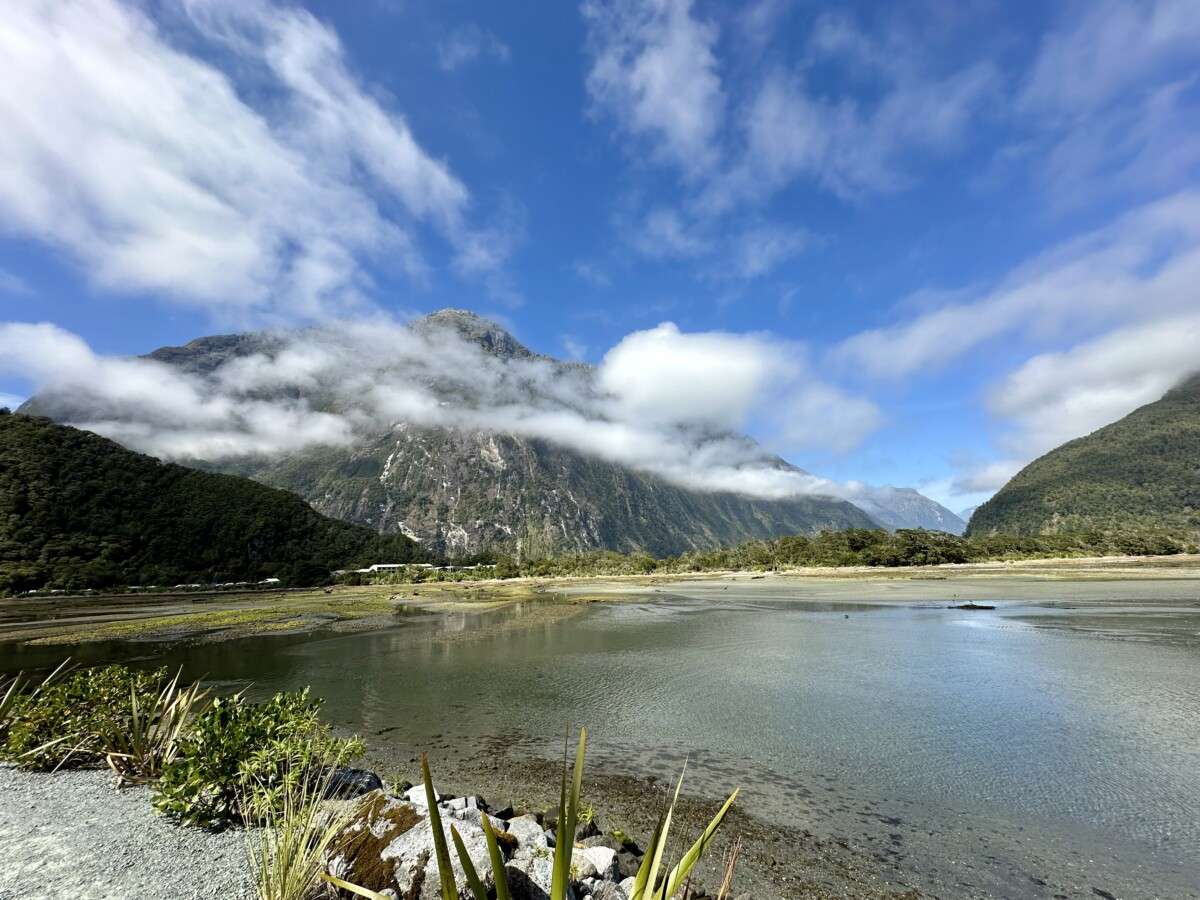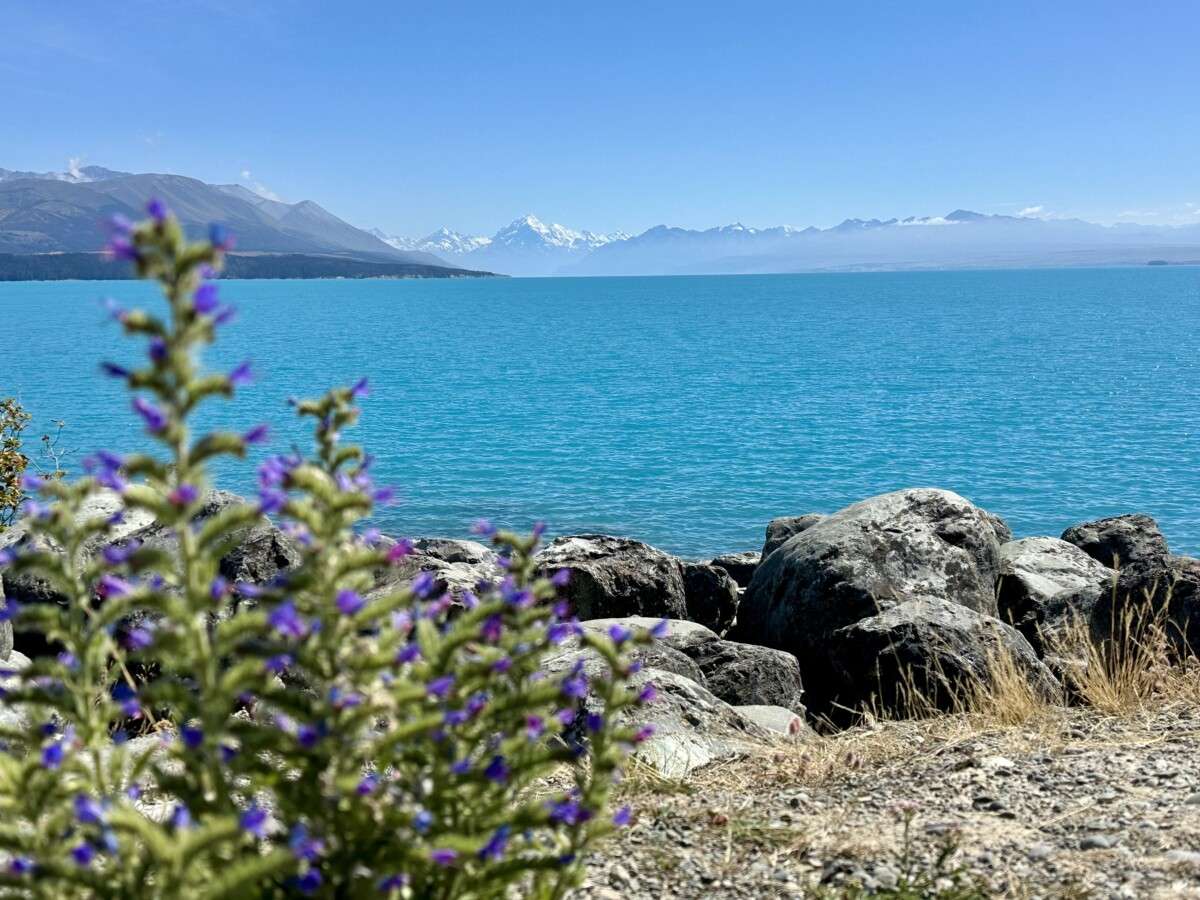The drive from Picton to Kaikoura along the east coast of the southern island is beautiful. It reminds us of the Pacific Coast Highway along California’s central coast.

Our GPS said the drive should take about two hours. If you make the drive, plan for extra time because once you reach the coast there are so many lookout points to pull over and enjoy the views.


After a few hours, and many stops, we finally made it to Kaikoura. “The name Kaikōura means ‘meal of crayfish’ (kai – food/meal, kōura – crayfish) and the crayfish industry still plays a role in the economy of the region. However Kaikōura has now become a popular tourist destination, mainly for whale watching and swimming with or near dolphins.” – Wikipedia

We walked all along the northern coastline of the peninsula. At one end (left side on the map above) is the town with beautiful views of the bay.

At the other end of the northern coastline (right side on the map above) is the Fyffe House, where Kaikoura’s first European settlement was established. “The cottage that the Fyffe family lived in, built in 1842, still stands. The construction of the cottage is unusual in that the supporting foundations of the house are made of whalebone.” – Wikipedia

“Kaikoura’s first European settlement was centred on Waiopuka Bay or Fyffe Cove as it became known. Robert Fyffe established a shore-based whaling station here in the 1840s. It became the commercial and social hub of the colonial district.” – Kaikoura Historical Society


A short walk past the Fyffe House is Point Kean – home to a large seagull nesting site and seal colony.
“A wide variety of marine mammals can be seen in the Kaikōura region, including whales, dolphins, and New Zealand fur seals. The Marine Mammals Protection Act 1978 provides legal protection for these animals, and regulations set conditions that govern human behaviour in the vicinity of marine mammals.” – Wikipedia

It was a fairly easy walk out to the end of the peninsula to see a seal colony at Point Kean.

Along the way we also saw so many seagulls. We later read that the Kaikōura red-billed gull colony is the largest remaining colony of this species in New Zealand.

“The red-billed gull…is a native seagull of New Zealand, being found throughout the country. The red-billed gull is a fairly small gull with an all-red bill, red eye ring, red legs and feet, pale grey wings with black wingtips. The rest of the body and tail are white. There is virtually no visual difference between the male and female birds. Juvenile gulls have a dark brown bill with only hints of red, making them difficult to distinguish from the black-billed gull. The legs are also brown and there are brown spots on the grey wings.” – Wikipedia

“In early November, males arrive along the rocky coastline to compete for territories. Once his spot along the coast is occupied, as many as 16 females will join and breed with him. Females come to shore in mid-November and select a mate. They give birth to a single pup each year between December and January, which was conceived during the previous mating season.” – Natural Habitat Adventures

During dinner on our last night in Kaikoura we saw a brilliant rainbow shining over the Bay of Kaikoura.






Greetings to both of you…. so excited to join the blog and say how lucky I am to have met you and to experience the world through You both !!!
Remember I’m the guy who met you both.. traveling 500 miles an hour at 40,000 ft !!! “Can I get you anything else?”
Travel on ..
Correction….I do not know how costliness replaced coastline!
Hello Lovebirds!
Ata Marie! What a gorgeous and peaceful coastline traveling to Kaikoura…it is a mirror image of the California costliness on Highway One, indeed!
Those male seagulls got it made… reminds me of the sultan’s harem during the Ottoman Empire in Istanbul….LOL…. Huge population in no time!
The rainbow was a colorful ending to your journey! Have a safe and pleasant trip back to USA,
Rod and Sasha
Loved your last post. Such beautiful scenery as there has been on all of this trip. Kaikoura gave you a wonderful goodbye with the lovely rainbow ! The red billed seagulls were so cute…. Have a safe and good trip home and we look forward to talking with you. Opened your cute Anniversary card last weekend… we are still celebrating with a brunch tomorrow – of course we will be talking again with your parents because of their Anniversary Day! Love June and Gene